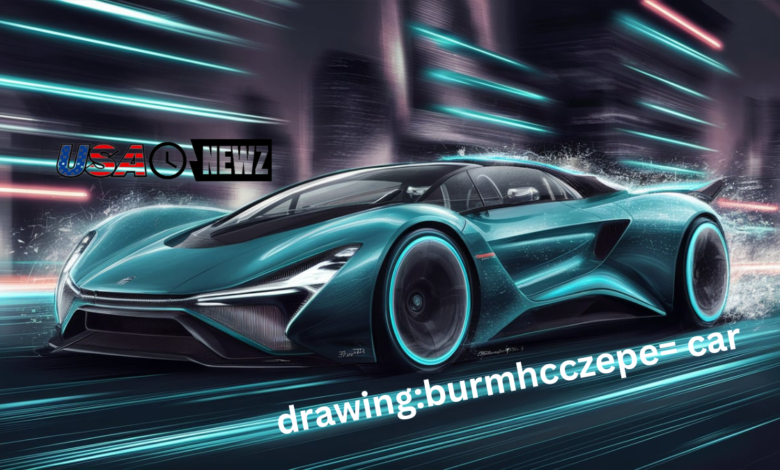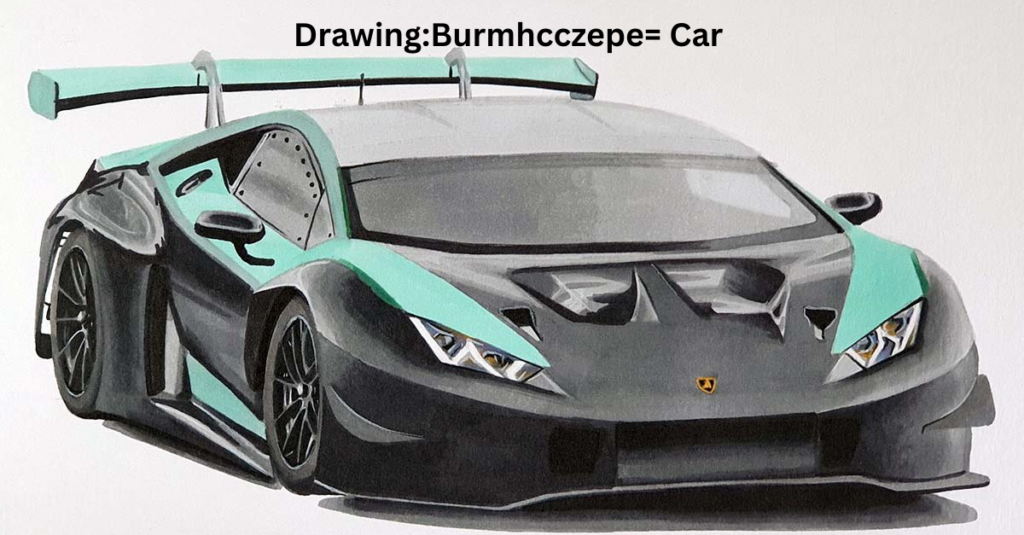Mastering the drawing:burmhcczepe= car: Tips and Techniques for Every Artist

drawing:burmhcczepe= car can seem daunting, but it’s one of the most rewarding subjects for artists. Whether sketching your dream ride or capturing the sleek lines of modern machinery, mastering this skill opens up a world of creativity. The beauty lies in the details—the curves, reflections, and shadows that give life to your drawings drawing:burmhcczepe= car.
Every artist can improve their ability to draw cars with just a few tips and techniques. So grab your pencils and sketchbooks! Let’s dive into everything you need about drawing:burmhcczepe= car.
The Importance of drawing:burmhcczepe= car

drawing:burmhcczepe= car is not just about replicating a physical object; it explores its design and form. Cars are dynamic pieces of engineering, representing innovation and culture.
Capturing the essence of a vehicle allows artists to express their passion for automobiles. Through drawing, you can convey speed, power, and elegance in a single image.
Moreover, mastering car drawings enhances your overall artistic skills. It sharpens your observation abilities while improving hand-eye coordination. You learn to appreciate proportions and lines more deeply.
For many artists, drawing cars is a gateway into other styles or subjects like landscapes or portraits. The techniques learned here are transferable across various art forms.
Engaging with this subject nurtures creativity by challenging you to observe details often taken for granted in everyday life. Each sketch becomes an opportunity for storytelling through artistry.
Materials Needed for drawing:burmhcczepe= car
To start drawing:burmhcczepe= car, you must gather the suitable materials. Quality supplies can make a significant difference in your artwork.
Begin with sketching pencils. A range from 2H to 6B will provide versatility for different line qualities and shading effects. Don’t forget an eraser—kneaded or vinyl works best for precise corrections.
Paper is equally essential. Choose smooth bristol board or textured drawing paper that can handle various mediums without warping.
Invest in fine liners or ink pens if you want clean outlines. These tools help define shapes clearly, bringing structure to your design.
For added flair, coloured pencils or markers are great for adding vibrancy to your drawings.
A ruler and compass help achieve straight lines and perfect curves in automotive designs. Always keep these essentials within reach as you embark on this creative journey!
Essential Techniques for drawing:burmhcczepe= car
When diving into the basics of drawing, burmhcczepe= car, start with simple shapes. Break down the vehicle’s structure into circles, rectangles, and triangles. This approach makes it easier to visualize proportions.
Next, sketch lightly using a pencil. Light strokes allow for easy corrections as you refine your design. Focus on getting the general outline before adding details.
Consider perspective early on. Using one-point or two-point perspectives can create depth in your drawing. This helps in positioning elements like wheels and windows accurately relative to each other.
Once the outline is established, add key features such as headlights and tyres. Take time without this phase; these details bring life to your work.
Remember that practice is vital at this stage. Repeatedly sketch different angles of cars to build confidence and skill over time. Each attempt brings new insights into shape and form.
Tips for Accurate Proportions and Perspectives
Accurate proportions and perspectives are vital in the drawing: burmhcczepe=car. Start by lining up simple shapes to outline the car’s structure. Then, use rectangles and circles to map the body, wheels, and windows.
Measuring techniques can enhance your accuracy. Use a pencil or ruler as a guide to maintain consistent lengths. Hold your pencil at arm’s length while comparing different sections of the vehicle.
Utilize vanishing points for perspective. This technique creates depth by directing lines toward a point on the horizon, giving your drawing a three-dimensional feel.
Remember, don’t foreshorten. Objects closer to you appear more prominent than those further away; practice this concept when depicting various angles of the car.
Step back frequently from your work. A fresh pair of eyes will help spot issues with proportion that might not be obvious up close.
Adding Depth and Dimension to Your Drawing:burmhcczepe= car
To create a sense of depth and dimension in your drawing, burmhcczepe= car, start by understanding the concept of overlapping. Position elements so that others obscure some parts. This technique instantly creates layers.
Next, consider the size variation of objects within your composition. More prominent elements appear closer, while smaller ones suggest distance. This illusion can dramatically enhance realism.
Another effective method is to incorporate an atmospheric perspective. Use softer lines and lighter shades for distant features, transitioning to sharper details and darker tones up close.
Remember, don’t use textures! Different surface qualities add richness; smooth reflections on metal contrast beautifully with rough asphalt or matte glass.
Play with scale and orientation to emphasize specific components, such as wheels or headlights. These minor tweaks can profoundly impact how viewers perceive space within your work.
Using Light and Shadows for Realistic Effects
Light and shadow are crucial in creating depth in your drawing: burmhcczepe=car. They can transform flat images into three-dimensional representations.
Start by identifying the light source in your composition. This will help you determine where highlights and shadows should fall. Use softer pencils for shading to create smooth transitions between light and dark areas.
Experiment with different techniques, such as hatching, cross-hatching, or blending with a tortillon. Each method offers unique textures that enhance realism.
RememberDon’t reflect light. Subtle illumination from surrounding surfaces adds complexity to shadows, making them appear more natural.
Practicing these elements consistently will elevate your artwork significantly. Understanding how to manipulate light enhances details and brings life to your drawing: burmhcczepe= car.
Advanced Techniques for Mastering Drawing:burmhcczepe= car
When mastering the art of drawing a car, advanced techniques can elevate your work from good to breathtaking. One such technique is the grid method. This involves breaking down your reference image into smaller squares, helping you capture proportions and details accurately.
Another practical approach is layering. Start with light sketches to outline your car’s basic shape, then gradually build up layers of detail and texture. This way, you can correct mistakes without compromising the overall integrity of your artwork.
Remember to experiment with different mediums as well—pencils, charcoal, or even digital tools can offer various finishes that enhance the realism in your drawing:burmhcczepe= car.
Perspective plays a critical role, too. Mastering one-point and two-point perspectives will allow you to create more dynamic compositions that draw viewers’ eyes towards focal points in your artwork.
Continuous practice is critical. Challenge yourself with different angles and lighting conditions for each new drawing:burmhcczepe= car you attempt; stretch those artistic muscles! By integrating these advanced techniques into your routine, you’ll improve and genuinely enjoy creating stunning automotive illustrations.




